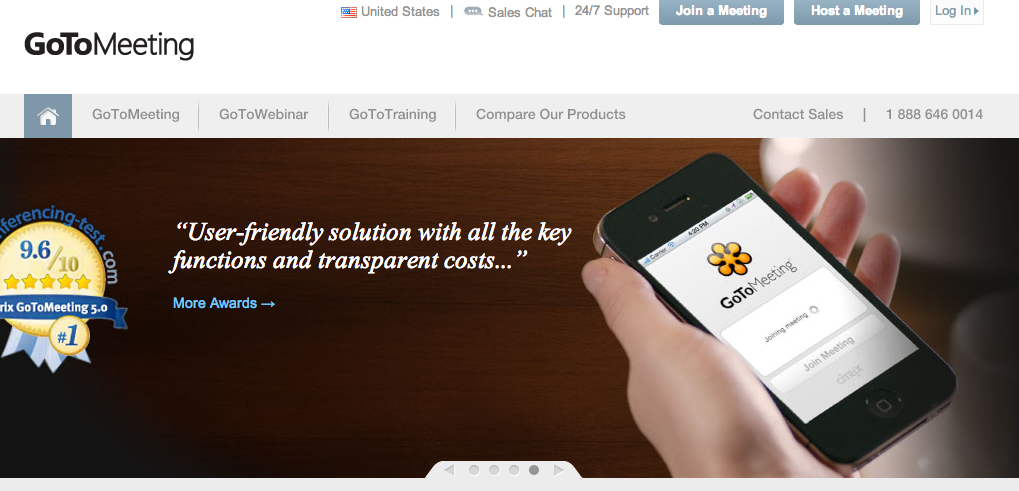Outsourcing non-core or seasonal tasks can allow you to focus on essential duties. It can also be a wise financial decision because hiring freelancers doesn’t come with full-time expenses such as equipment or benefits.
But it also has its downsides. Outsourcing often comes with time, distance, and cultural differences that create miscommunications and inefficiencies.
Below are a five tips to help manage freelance contractors.
Where to Find Freelance Contractors
Deciding how you’re going to outsource is just as important as your choice of who to hire. The two most common ways to do it is by either using a freelancing platform such as Elance or oDesk, or by retaining someone directly.
Some entrepreneurs prefer freelancing websites because they provide a platform for communication and collaboration. All parties interact and complete transactions within the site, so it offers an easier option for entrepreneurs who just want to have one go-to place for their contractors.
On the other hand, some entrepreneurs prefer to communicate via phone or email, and the idea of going through a middleman isn’t appealing. If you belong to this group, then hiring someone yourself would be a better option.
Moreover, many top professionals avoid freelancing platforms. There are exceptions, of course, but frequently sites such as Elance and oDesk provide inexpensive service providers. Contractors bid on projects, and some would be willing to match the pricing of others, or even lower their own quotes, to be awarded the job. Top-tier freelancers who command higher rates don’t want to participate in bidding wars so they tend to avoid these websites.
I prefer hiring a freelancer directly — either by using referrals or doing your own research — for big, important projects. Given the nature of these tasks, you’d be better off hiring someone who specializes in your type of business. You may even want to consider hiring a local contractor for projects that require close collaboration.
But smaller projects, such as a quick website tweak or a cover for a free ebook, can be outsourced using freelancing platforms —maybe even a simple service like Fiverr.com.
Takes Time
Recognize that there’s a learning curve for every contractor. Not every freelancer will immediately understand the nature and culture of your business. Be patient.
Use flexibility and understanding when dealing with a culture between your business and your contractor. Also resist the urge to immediately replace contractors if they don’t fit. Give them time to learn and adjust. If you keep switching every time a service provider doesn’t meet your expectations, you could end up wasting resources.
Use Collaboration Tools
Working with contractors requires tight collaboration. Fortunately, there are tools to help. For me, the following tools are critical.
- Google Docs. With shared docs, I can simultaneously work with contractors on spreadsheets, presentations, and text documents without emailing files. Since we can make edits and see what the other is doing directly from Google’s interface, we can communicate and get things done faster.
- GoToMeeting. I use GoToMeeting when I need to share my screen with service providers. It makes explaining tasks and process much easier.
- Skype. Skype has always been my go-to service for chat and video calls. It is fast, cheap, and works great. It also has a mobile app that I can use when I’m not in the office.
Communicate Clearly
When in doubt, err on the side of over-explaining. Don’t assume that your contractor knows what you’re thinking or understands your message. Spell out instructions and be as specific as possible. I usually write emails in bullet points or step-by-step directions to reduce confusion.
And whenever possible, aim to show, not tell. For instance, if you’re working with a graphic designer, send them links to sites or images that demonstrate what you like. Working with content providers? Instead of describing what you need using words, direct them to examples in books, whitepapers, or blogs.
Happy Contractors Are More Productive
Treating contractors like they’re part of the team greatly increases the quality of their output. They work harder, accomplish things faster, and they’re not afraid to offer suggestions.
Use positive feedback and reinforcement. Send them encouraging emails and recommend them on LinkedIn. If you hired them off an outsourcing platform, don’t forget to give them a positive rating and testimonial when they deserve it. For example, I’ve introduced my voice-provider for my product videos to many of my colleagues. By providing more business to her, we also solidify our business partnership.
I’ve also found that being more open improves overall productivity. As long as you’re not giving away trade secrets or sensitive information, keep your service providers informed as much as possible. This not only prevents miscommunication, it also sends the message that they belong to your team. That can do wonders for your relationship.





